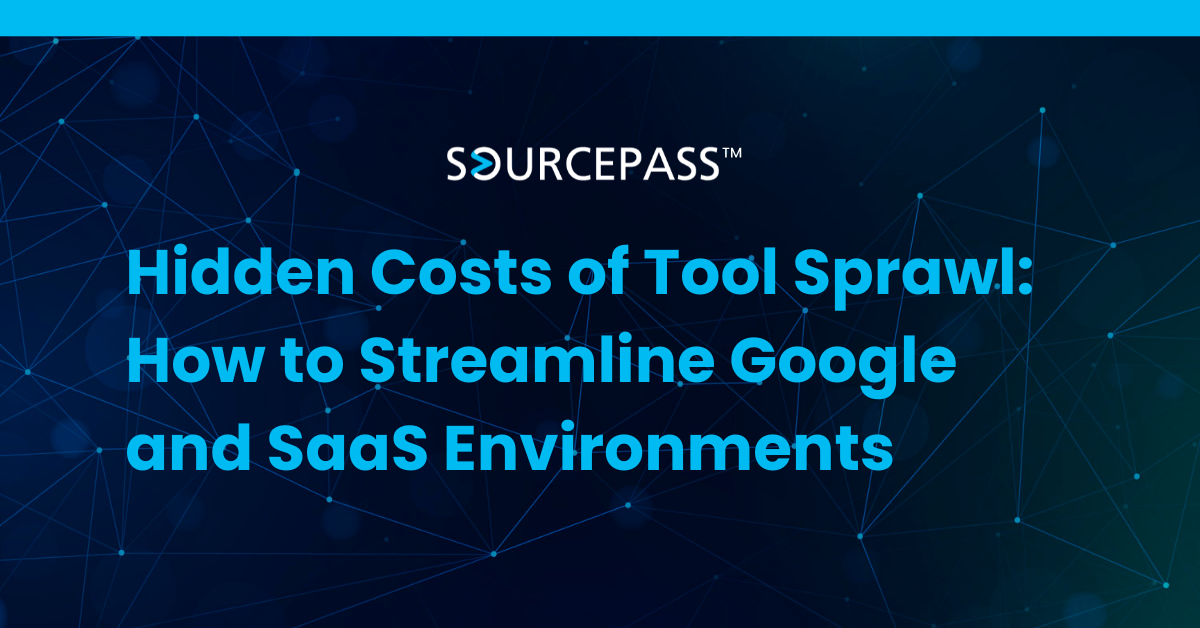Hidden Costs of Tool Sprawl: Streamline Google and SaaS Environments
Aug 29, 2025 Alex Davis Cloud & Infrastructure | Costs & Budget | Google 2 min read



Why Tool Sprawl Is Becoming a Business Challenge
Over time, many organizations accumulate a wide mix of software tools—chat apps, project management platforms, design suites, file-sharing systems, and more. While each application may have solved a specific need at one point, the result is often SaaS tool sprawl: multiple overlapping tools, growing costs, and unnecessary complexity.
In Google-centric organizations, this is especially common. Teams may use Google Workspace for collaboration, yet still maintain additional subscriptions for messaging, file storage, or video conferencing—even when Google provides similar capabilities. The outcome is fragmented workflows, higher costs, and increased risk.
The Hidden Costs of SaaS Tool Sprawl
Tool sprawl is not just a budgeting problem. It impacts multiple areas of the business:
-
Financial Waste: Redundant licenses across multiple platforms drive up spend without delivering additional value.
-
Productivity Loss: Employees waste time switching between tools, or worse, duplicating work across platforms.
-
Security Risks: Each new application expands the attack surface. Without centralized control, managing compliance and user access becomes difficult.
-
Operational Complexity: IT teams must manage multiple admin portals, user accounts, and support requests—consuming resources that could be spent on strategic initiatives.
How to Identify Overlap in Your SaaS Portfolio
The first step toward solving tool sprawl is visibility. Organizations should conduct regular reviews of their SaaS environments, asking:
-
Which tools provide similar or overlapping functions?
-
Are we paying for premium tiers we don’t fully use?
-
Can existing platforms, such as Google Workspace, replace standalone apps?
-
Do our current tools align with our compliance and security requirements?
By answering these questions, leaders can better understand where software consolidation opportunities exist.
Google Workspace as a Foundation for Consolidation
For businesses heavily invested in Google environments, Google Workspace optimization can reduce the need for redundant platforms. For example:
-
Gmail and Google Meet may replace third-party email and conferencing solutions.
-
Google Drive and Shared Drives can centralize file sharing and storage, reducing reliance on additional file-hosting tools.
-
Google Chat and Spaces can support team collaboration without layering in extra messaging platforms.
When optimized, Google Workspace can often handle the majority of collaboration needs, enabling businesses to eliminate or downsize overlapping services.
A Consultative Approach to Reducing Tool Sprawl
Addressing SaaS sprawl is not about cutting tools indiscriminately. It requires a thoughtful strategy:
-
Assessment: Evaluate the current software portfolio, usage patterns, and costs.
-
Consolidation Planning: Identify redundant applications and map them against existing capabilities in Google Workspace or other core systems.
-
Implementation: Transition users to streamlined platforms with minimal disruption.
-
Optimization: Regularly review licensing levels, user adoption, and emerging needs to avoid future sprawl.
Organizations that take this approach often see significant cost savings, improved productivity, and a stronger security posture.
Moving Forward
SaaS tool sprawl is an inevitable byproduct of rapid growth and a desire to meet evolving business needs. The good news is that with the right strategy, it can be addressed. By focusing on software consolidation and Google Workspace optimization, organizations can simplify their technology environments while lowering costs and reducing risks.
The key is not to do more with less, but to do more with what you already have.
Subscribe To
Sourcepass Insights
Sourcepass Insights
Stay in the loop and never miss out on the latest updates by subscribing to our newsletter today!
.png?width=500&height=100&name=White%20Logo%20-%20Transparent%20Tag%20(3).png)



